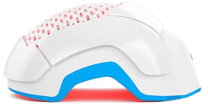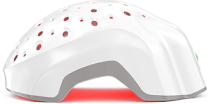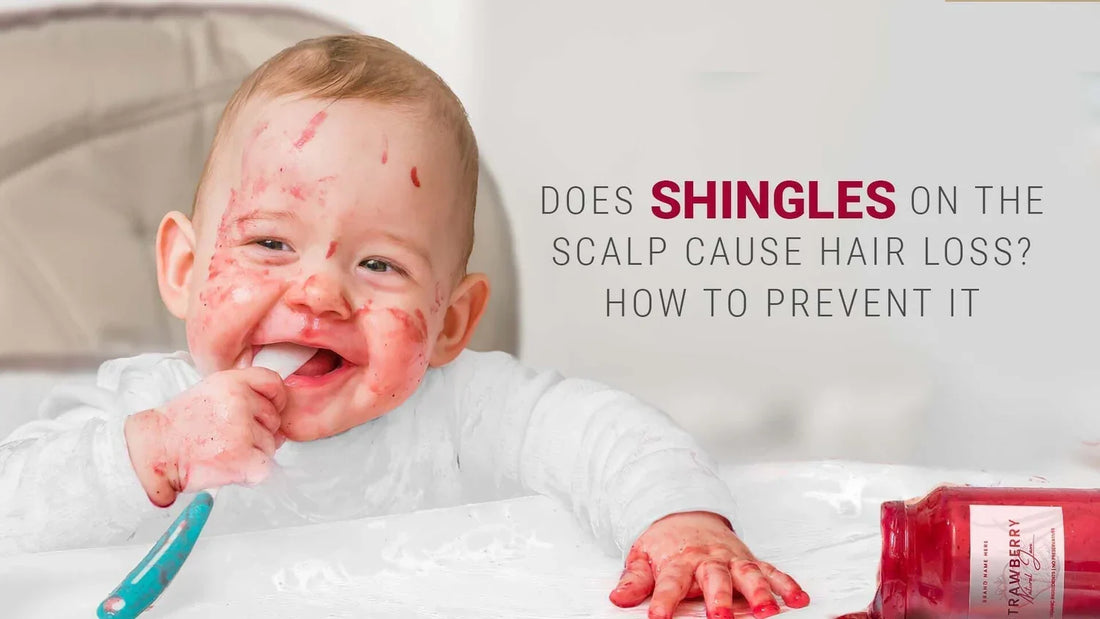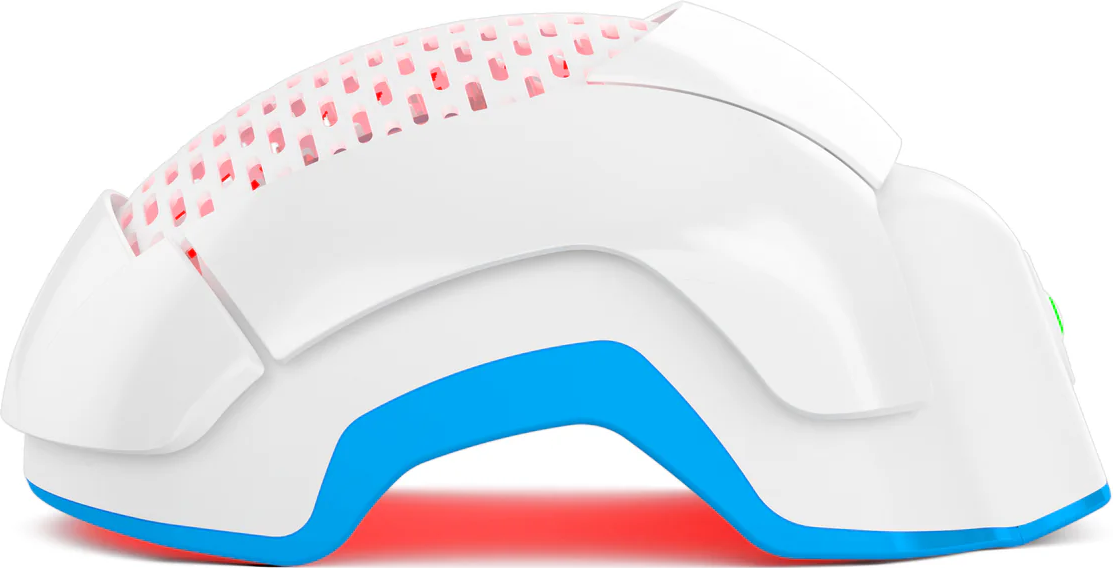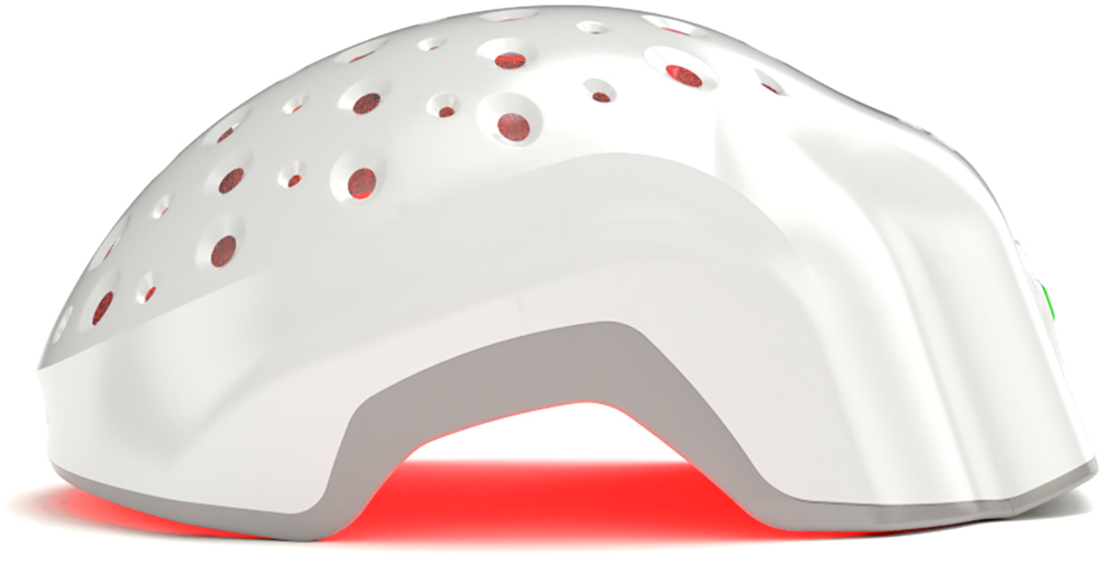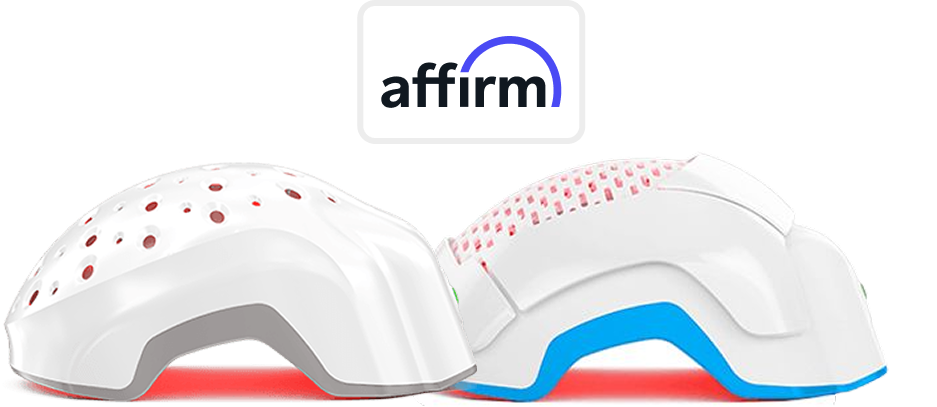Shingles is painful enough on its own—add sudden hair loss to the mix and things go from frustrating to full-blown panic. When shingles erupt on your scalp, it can do more than just cause blistering and nerve pain. In some cases, it can hijack your hair growth cycle and leave bald patches as an unwelcome bonus.
The culprit is inflammation. Shingles can trigger intense immune responses and nerve damage across affected areas, including the scalp. When that happens, hair follicles can take the hit—often going silent or shutting down entirely for weeks or months. And yes, if you're prone to scratching (and who wouldn’t be?), you could be doing your follicles even fewer favors.
Hair loss from shingles isn’t guaranteed, but it’s definitely not rare. And if you’re already seeing the signs—or just want to stay ahead of them—you’re in the right place. This guide will walk you through what shingles does to your scalp, how it leads to hair loss, and exactly what to do to prevent or manage it.
What is Shingles?
Shingles, or herpes zoster, is a viral condition caused by the reactivation of the varicella-zoster virus—the same virus responsible for chickenpox. After a bout of chickenpox, the virus lies dormant in nerve cells and can reactivate years later, often when the immune system is under stress.
While shingles can strike anywhere on the body, when it targets the scalp, it brings a special set of complications. Shingles on your scalp isn't just a pain issue—it can interfere with the skin barrier, nerve signaling, and even follicle function.
What are the Symptoms of Scalp Shingles?
Scalp shingles often start subtly—some tingling, slight burning, maybe a headache-like feeling. But it escalates quickly and visibly. The signs are hard to miss and harder to ignore.
Common symptoms include:
- Tingling or burning sensations on one side of the scalp
- Sharp or shooting pain in a defined area
- Clusters of fluid-filled blisters
- Redness or rash that later crusts over
- Swollen lymph nodes near the scalp or neck
- Persistent nerve pain (postherpetic neuralgia) after the rash resolves
The scalp shingle symptoms can vary in intensity, but early recognition matters. Starting treatment quickly helps reduce complications like long-term pain or scalp shingle hair loss.
How Shingles on Scalp Can Lead to Hair Loss?
When shingles erupts on the scalp, inflammation and nerve disruption can wreak havoc on nearby follicles. The immune response to the virus can push follicles into the telogen (shedding) phase prematurely, resulting in noticeable thinning. Add the temptation to scratch—whether due to pain or itching—and you’ve got a double hit to follicle health.
Hair loss linked to shingles pain isn’t just about damage from the virus itself. The surrounding trauma, whether physical (scratching) or inflammatory, can cause follicular shutdown—either temporarily or, in rare cases, long-term.
Types of Hair Loss Associated with Shingles
Localized Hair Loss
This is called zoster-associated focal alopecia. It happens directly around the rash site. Inflammation and scarring from blistering damage the hair follicles in that area, leading to patchy bald spots. In some cases, the hair may regrow; in others, it may not, depending on the depth of damage.
Diffuse Hair Loss
Known as post-herpetic alopecia, this form affects areas beyond the blisters. It’s often triggered by systemic stress, medication, or widespread inflammation. Hair sheds diffusely across the scalp and can mimic telogen effluvium.
What are the Factors Influencing Hair Loss Due to Shingles?
Age and Immune System
Older adults and people with weakened immunity are more prone to shingles—and more likely to deal with its complications. A compromised immune response can delay healing and prolong inflammation, raising the risk of hair fallout.
Severity of Shingles
The more aggressive the outbreak and the larger the affected scalp area, the more likely the follicles are to be impacted. Severe cases are linked with longer shingles on scalp duration and a higher risk of scarring alopecia.
Delayed Treatment
The longer you wait to treat shingles, the greater the nerve and skin damage. Timely antiviral therapy reduces the risk of complications like chronic pain and permanent hair loss. Waiting it out isn’t a strategy—it’s a gamble.
How to Prevent Hair Loss From Shingles?
You can't always stop shingles from showing up, but you can dramatically lower the odds—and the damage—by staying proactive.
Vaccination
The shingles vaccine is your best defense. It reduces the likelihood of outbreaks and shortens duration and severity if they happen. The CDC recommends Shingrix for adults over 50 and anyone with a compromised immune system. Prevention now beats damage control later. Check with your physician to address any questions you may have about shingles vaccines.
Healthy Lifestyle
A strong immune system makes it harder for the varicella-zoster virus to reactivate. Eat nutrient-rich foods, move your body regularly, and manage stress. Chronic stress isn’t just bad for your brain—it’s bad for your follicles, too.
How to Manage Hair Loss From Shingles?
If you’ve already experienced a shingles outbreak on your scalp, you’re not out of options. Here’s how to reduce fallout and support recovery.
Antiviral Medications
Drugs like acyclovir, valacyclovir, or famciclovir help reduce viral replication and inflammation. Starting treatment within 72 hours is ideal. The sooner you treat, the less damage to nerves and follicles. However, this requires a prescription from your physician.
Pain Management
Shingles-related nerve pain can linger long after the rash fades. OTC pain relievers (ibuprofen, acetaminophen) may help, while more intense cases might require prescriptions like gabapentin. Controlling pain reduces the urge to scratch—important for protecting your scalp.
Hair and Scalp Care
Keep it simple and gentle. Use sulfate-free shampoos, avoid tight hairstyles, and skip the bleach or heat tools while healing. Topical corticosteroids or soothing treatments can reduce inflammation if prescribed. Less friction, more healing.
When to Seek Medical Attention?
If you notice blisters, burning, or tingling confined to one side of your scalp, see a doctor immediately. Shingles spreads quickly, and early antiviral treatment is your best shot at avoiding complications like postherpetic pain or shingles on scalp hair loss. Don’t guess—get diagnosed.
Conclusion
Hair loss isn’t the first thing people associate with shingles, but when it hits the scalp, it’s a real—and often surprising—side effect. Shingles on scalp causes more than just discomfort; it can stress your follicles, disrupt the hair cycle, and leave behind bald patches if you’re not proactive.
Fortunately, the hair loss linked to shingles is usually temporary—when addressed early. Prevention through vaccination, swift treatment with antivirals, and scalp care during recovery are your strongest tools. And for those already seeing fallout, proven therapies like Laser Phototherapy (LPT), or Low-Level Light Therapy (LLLT), can help stimulate regrowth safely and non-invasively.
Your scalp has been through enough. Support it with real science, not guesswork. And if you're not sure what's going on—start by asking your doctor. Then give your follicles the attention they need to bounce back.


